Remedial massage is a powerful healing practice that has been used in Traditional Chinese Medicine (TCM) for centuries. It is a holistic therapy that uses various manual techniques to stimulate the body’s natural healing mechanisms and promote balance and harmony within the body.
In TCM, remedial massage is based on the concept of Qi (energy) and its flow through the body’s meridian system. When Qi flows smoothly and freely through the meridians, the body is in a state of balance and health. However, when Qi becomes blocked or stagnant, it can lead to pain, illness, and other health problems.
During a remedial massage session in TCM, the massage therapist will use a variety of manual techniques, such as pressure, kneading, and stretching, to manipulate the body’s soft tissues and promote the smooth flow of Qi through the meridians. The massage therapist will customize the treatment to the individual needs of the patient, taking into account their specific condition and symptoms.
If you’re looking for a natural way to address pain and discomfort in your body, remedial massage may be an effective solution. With its focus on treating the root cause of pain and promoting overall healing, this therapy can help you to achieve long-lasting relief and improved quality of life.
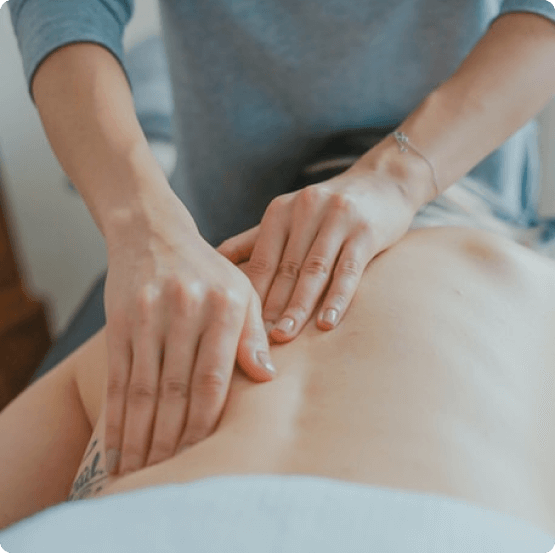
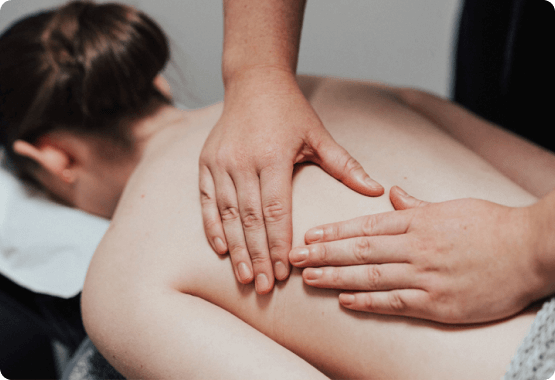
Traditional Chinese Medicine (TCM) has several types of remedial massage techniques that are used to promote healing and balance in the body. Some of the most common types of remedial massage in TCM include:
If you’re interested in trying TCM remedial massage, it’s important to find a qualified practitioner who can tailor the treatment to your specific needs.
Remedial massage is an important component of Traditional Chinese Medicine (TCM) and can offer a wide range of benefits for both physical and mental health. Some of the key benefits of remedial massage in TCM include:
Overall, remedial massage in TCM can be a powerful tool for improving overall health and wellbeing. It can help to address a wide range of conditions and promote balance and harmony within the body.
While remedial massage can offer many benefits, there are also some potential risks and side effects to be aware of. Some of the most common risks of remedial massage include:
It is important to talk to your healthcare provider before undergoing remedial massage, especially if you have any underlying health conditions or concerns. It is also important to choose a qualified and experienced massage therapist who can customize the treatment to your specific needs and preferences.
Tui Na is a type of Chinese remedial massage that is based on Traditional Chinese Medicine (TCM) principles. It works by using various manual techniques such as pressing, kneading, rolling, and stretching to stimulate the body’s natural healing mechanisms and restore balance and harmony within the body.
Tui Na is based on the concept of Qi (energy) and its flow through the body’s meridian system. According to TCM, when Qi flows smoothly and freely through the meridians, the body is in a state of balance and health. However, when Qi becomes blocked or stagnant, it can lead to pain, illness, and other health problems.
During a Tui Na session, the massage therapist uses their hands, fingers, elbows, and other tools to apply pressure and manipulate the body’s soft tissues, including muscles, tendons, and ligaments. By doing so, they can help to break up blockages and restore the smooth flow of Qi through the meridians.
Tui Na can be used to treat a wide range of conditions, including musculoskeletal pain, digestive disorders, respiratory conditions, and stress-related disorders. It can be customized to the individual needs of the patient, and the massage therapist may use a combination of techniques depending on the patient’s condition and symptoms.
Overall, Tui Na is a gentle and non-invasive form of therapy that can promote healing and balance within the body. It can be used on its own or in combination with other TCM therapies, such as acupuncture, herbal medicine, and dietary therapy, to help promote overall health and wellbeing.
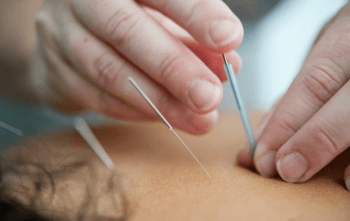
Helps the body to find the natural balance through self healing.
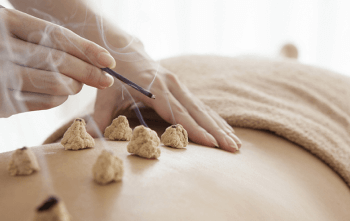
Traditional Chinese Medicine treatment using a Chinese herb called Moxa.
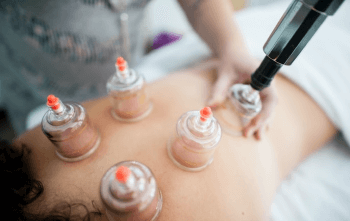
Helps with blood flow, relaxation and overall well-being.
We are experts thru the field and we profide the following to our patients/clients:
Dubai Healthcare City
Dubai – UAE
Toll Free 800-826
appointments@trtgulf.com
Jumeirah
Dubai – UAE
Toll Free 800-826
appointments@trtgulf.com
© 2020 Tong Ren Tang. All right reserved | Designed by Adnika
We are experts thru the field and we profide the following to our patients/clients: